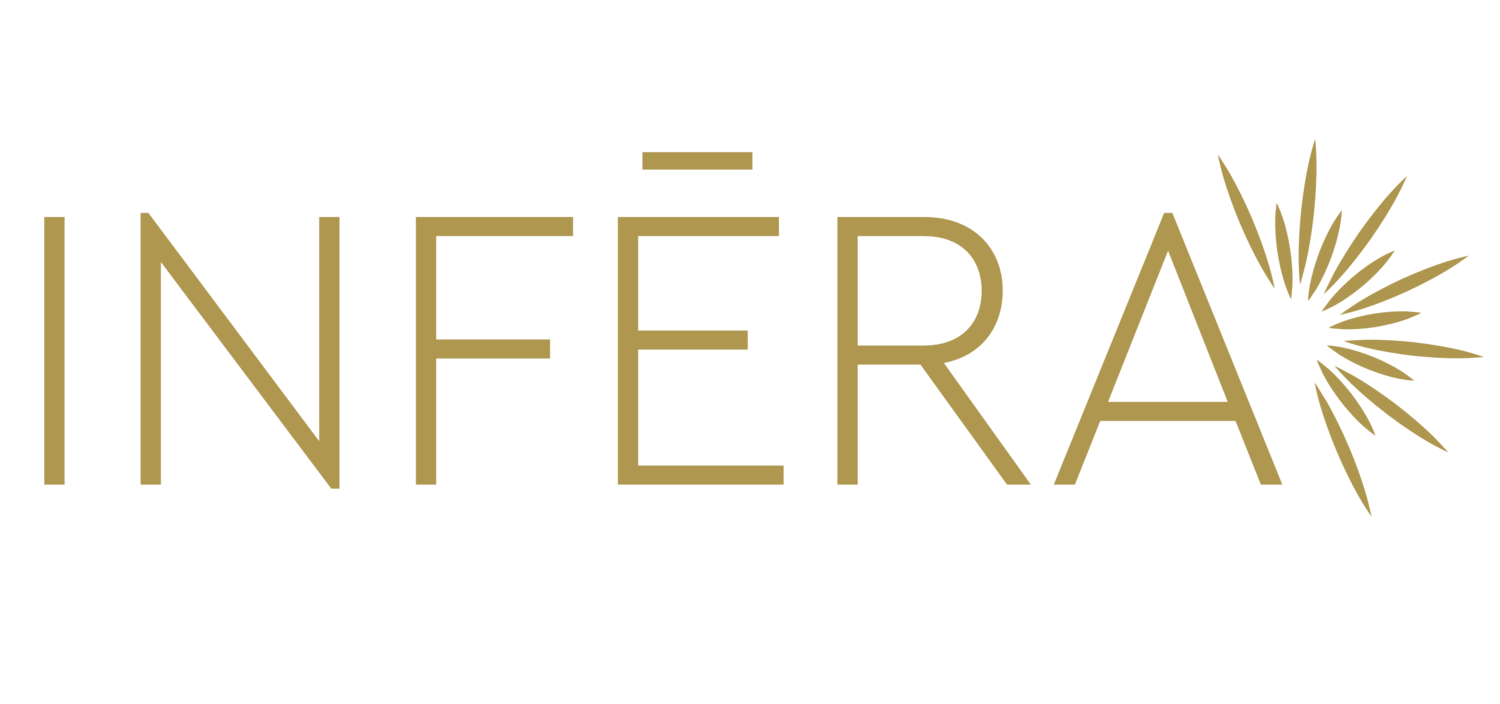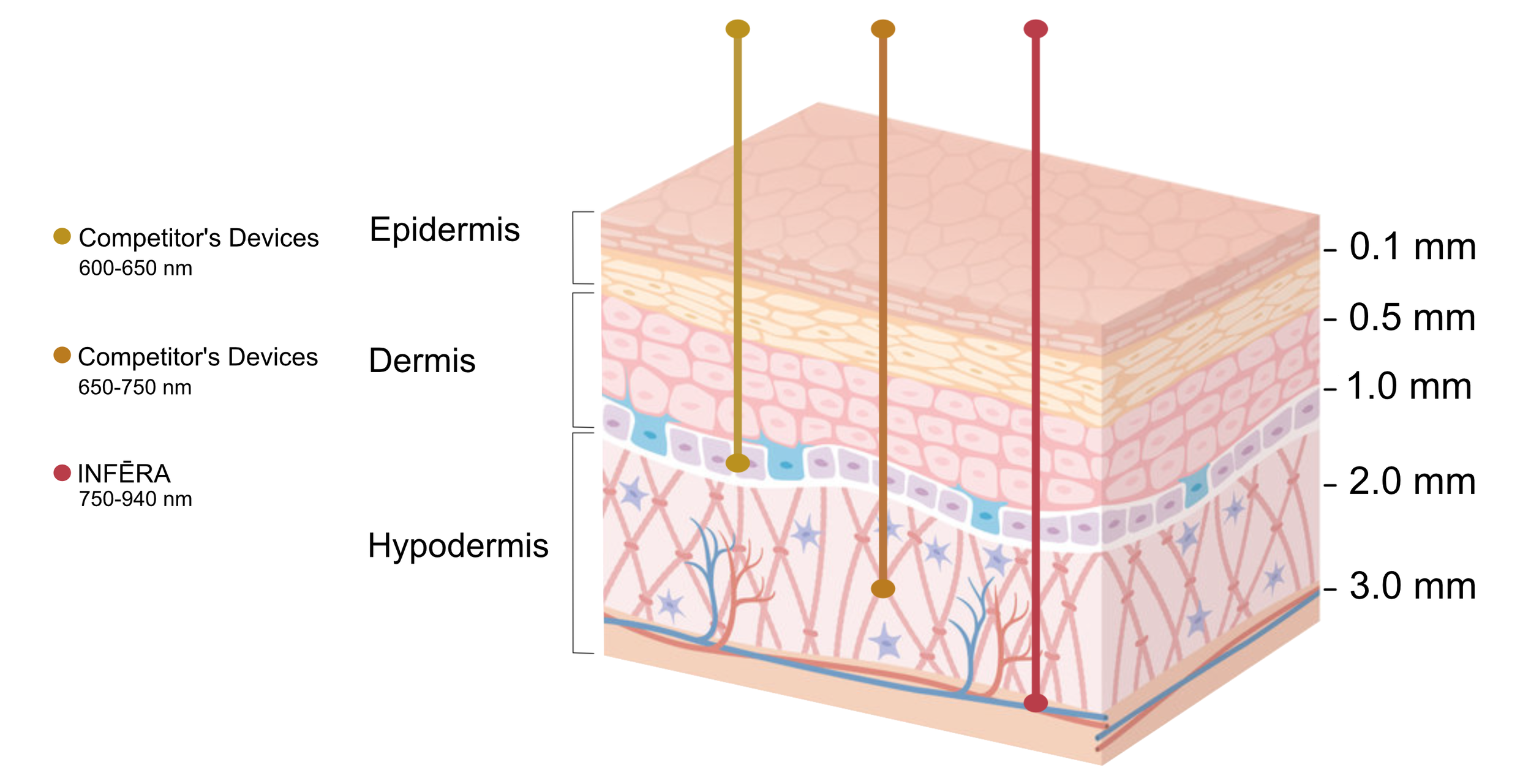Choosing a Infrared Light Therapy Device
Light therapy—or photobiomodulation —is quickly becoming a popular form of treatment for an incredible number of health and skin care issues. And it's easy to see why; the clinical evidence supporting the benefits of red and infrared light is extensive.
Let’s assume that you already understands how Infrared Light Therapy works and that you also know some of its benefits and advantages. Maybe you have already read some of the clinical studies or know someone who has personally experienced the healing and rejuvenating power of PBM.
There are currently several options in the market from tanning salons where the beds have been converted to use red light bulbs. Some spas, physical therapists, and medical doctors offer PBM services as well. Alternatively, you can purchase a device to use in your own home.
With so many options, how do you know which one is right for you?
To maximize the benefits of light therapy, there are two main factors to consider: the wavelength and intensity of light energy.
The Majority of clinical literature suggests that light in the mid-600 nm range and low- to mid-800 nm range is extremely effective. [1,2] That’s because these wavelengths have the greatest effect on the cellular respiration process.
As you can see in the graph above, at certain wavelengths, there are several peaks in the cytochrome c oxidase (CCO) absorption of photons. [3] The highest of these peaks are in the ranges of 660-670 nm and 830-850 nm. These wavelengths have been proven to produce substantial improvements in cellular function, resulting in a wide range of health benefits. On the other hand, wavelengths such as 700 nm or 720 nm have almost no biological effects. So, it's critical to choose a device that delivers optimal wavelengths of light.
Now let’s talk about intensity, which governs the amount of energy delivered to your cells. NASA-supported research and many other published studies have utilized devices that deliver 4 to 6 Joules/cm2 of energy to the body. For the relief of deeper symptoms, like joint inflammation, up to 40 Joules/cm2 has been shown to be effective. [4,5]
Now that you understand the main factors, let’s take a look on how INFĒRA ranks.
The wavelength of the INFĒRA can penetrate up to 3 mm under the skin. Treating all layers of the skin: the Epidermis, the Dermis and can penetrate all the way down to the Hypodermis.
AFTER TREATMENT:
With high density of collagen and elastic fibers in the dermis, skin appears tighter, with more even skin tone and youthful appearance.
DEVICE IN ACTION:
The device emits red light and thermal energy deep into the dermis layer, stimulating cells that produce collagen and elastic fibers.
AFTER TREATMENT:
With high density of collagen and elastic fibers in the dermis, skin appears tighter, with more even skin tone and youthful appearance.
-
[1] Avci P, Gupta A, et al. Low-level laser (light) therapy (LLLT) in skin: stimulating, healing, restoring. Seminars in Cutaneous Medicine and Surgery. Mar 2013;32(1):41-52.
[2] de Almeida P1, Lopes-Martins RA, De Marchi T, et al. Red (660 nm) and infrared (830 nm) low-level laser therapy in skeletal muscle fatigue in humans: what is better? Lasers Med Sci. 2012 Mar;27(2):453-8.
[3] Karu, T. I., Pyatibrat, L. V., Kalendo, G. S. and Esenaliev, R. O. Effects of monochromatic low-intensity light and laser irradiation on adhesion of HeLa cells in vitro. Lasers Surg Med. 1996;18:171–177.
[4] Wunsch A and Matuschka K. A Controlled Trial to Determine the Efficacy of Red and Near-Infrared Light Treatment in Patient Satisfaction, Reduction of Fine Lines, Wrinkles, Skin Roughness, and Intradermal Collagen Density Increase. Photomedicine and Laser Surgery. Feb 2014;32(2):93-100.
[5] Baroni BM1, Rodrigues R, Freire BB, et al. Effect of low-level laser therapy on muscle adaptation to knee extensor eccentric training. Eur J Appl Physiol. 2015 Mar;115(3):639-47.





